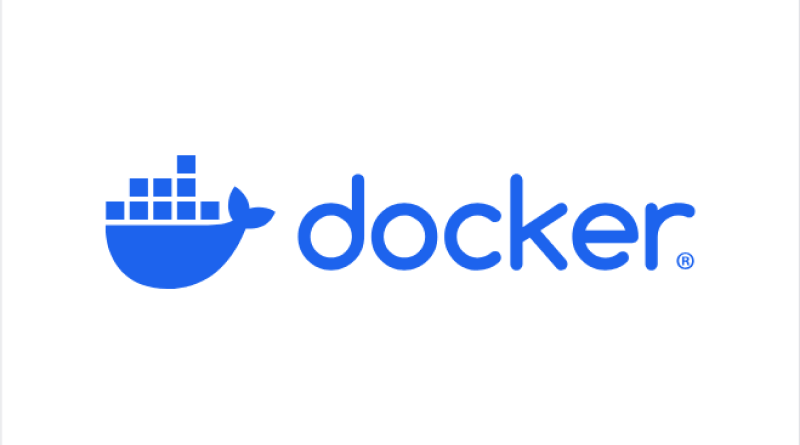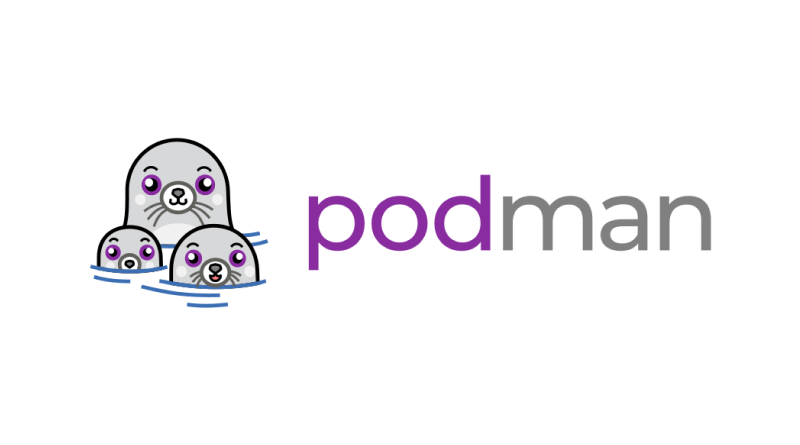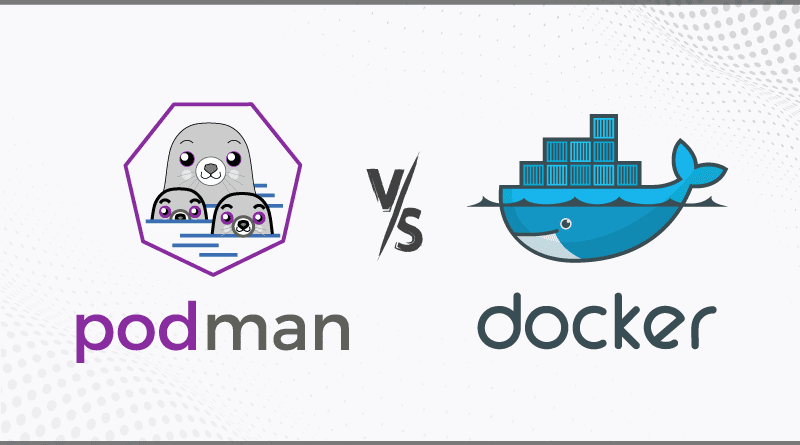Container orchestration has dramatically changed the application development methodology. The containerization technology enables web developers to package apps together with their dependencies, like libraries, binaries, coding, and other elements of an application, into a handy and portable unit known as a container.
Subsequently, these containers can be seamlessly deployed across various platforms, ensuring consistent and reliable application performance. At the foremost part of this container orchestration technology are two remarkable tools: Docker and Podman.
Both of them are the top-rated container orchestration solutions widely opted for by a majority of businesses.
So it brings up the question: Between Docker vs. Podman, which containerization tool is best?
In this blog, we’ll weigh the services, Docker vs. Podman performance differences, Docker container advantages, and disadvantages of each tool so that you can select the most efficient tool for your web development project requirements.
You might assume similar tools because they deal with container orchestration, but don’t get on the wrong path! The debate between Podman vs Docker is below.
Table of Content
What container orchestration is all about?
Containers are independent software applications that contain the code with its dependencies, such as libraries, settings, and runtime. The market has rapidly embraced containers as a key element of containerization architecture because they offer quick installation and scalability and work seamlessly across different stages of development.
Containers are light-weight, portable, and highly secure units that offer a secluded space in sync with any platform. By segregating the operating system from the software, containers could be transported to any other location; for example, from the Linux to Windows systems, escaping bugs and errors prohibiting them from functioning. The most preferred container orchestration tools include Docker, Docker Swarm, Kubernetes, and Podman.
What is Docker?

To make it simple, Docker is a containerization technology that manages containers. If you don’t know what the container is, then it is a package of all coding and binaries that are used for the software deployment. It is an open source PaaS product developed by Docker Inc. used to deploy and do the load balancing of containers.
- Developer’s community is happier to have such tools because there is a straightforward approach to execute commands.
- Improved portability that is seamless
- Any desktop, data center, and cloud environment can use Docker containers without any modifications.
- Updates that are even lighter and more detailed
- Each Docker container can only run one process at a time. This makes it possible to create applications that can function even while one of their components is offline for maintenance or repair.
- Create containers automatically
- Code templates may be simply used by Docker to create and construct a container automatically.
Pick MilesWeb’s Managed Cloud Hosting Services Plans To Scale Your Business!
What is Podman?

Podman (Pod Manager) is a Linux-native container orchestration tool that creates, builds, and runs your application without using daemons (Docker commands). You can deploy your app container images and containers using Podman’s containerization process, which is fully compliant with Open Container Initiatives (OCI).
There is almost no difference between the Podman container ecosystem and Docker. Podman is almost as good as Docker and functions like Docker, facilitating developers to create, maintain, modify, and run the container and their associated images in a production-ready environment.
Difference between Podman and Docker
As per the Google Trends report, Podman and Docker have undergone inconsistent levels of interest over the past 5 years. However, Docker is constantly increasing in popularity. But, currently, both of these containerization tools have attained the highest interest of users.
When comparing Podman vs. Docker performance, multiple features are in common but they do have certain profound differences. These differences might not make one tool superior to another but could be a deciding factor in selecting the most fitting tool for your particular development project.
– Architecture
Docker has a continuously running program in the background known as a daemon to build images and operate containers. On the other hand, Podman possesses a daemon-less framework. That means it can operate containers according to the user’s instructions.
Docker possesses a client-server model governed by a daemon, whereas Podman doesn’t require a mediator.
– Root privileges
As Podman has a daemonless architecture, it doesn’t have a daemon to govern its activities, but it can dispense root privileges for its containers. Whereas, Docker has freshly added rootless mode to its daemon settings. However, Podman utilized this feature first and marketed it as a basic functionality due to security concerns.
– Security
When comparing Podman vs. Docker security, which one is more secure? Podman provides non-root privileges for its containers and rootless containers are deemed to be more secure than containers with root privileges.
Whereas in Docker, daemons are given root-level privileges, which makes them the most preferred choice for malicious attackers. Podman containers don’t have inherent root privileges. That adds a common barrier among root and rootless levels, enhancing safety. Even though it can operate both root and rootless containers.
– Systemd
Podman requires extra tools to control its services and support container execution in the background because of the absence of system service. Systemd builds control units for existent containers or creates new ones.
“Podman requires additional tools to manage its services and support background container execution due to the absence of a background service.”
You can integrate Systemd with Podman, which allows it to execute containers with Systemd enabled as the default without any updates.
With the help of Systemd, users can deploy, execute, and control their applications as containers because most of them aren’t comprehensively packaged and provided in this manner.
– Building container images
As a stand-alone tool, Docker can develop container images by itself. Whereas, Podman needs the support of other tool referred to as Buildah. Its unique specialization is that it is developed for running, not creating containers all by itself.
– Docker Swarm
Podman fails to assist Docker Swarm, which could be excluded as a viable option for development projects utilizing this functionality because Docker Swarm commands will cause an error.
Podman has newly added support for Docker Compose to make it compliant with Docker Swarm, coming through its restrictions. Whereas, Docker perfectly matches with Swarm.
– Monolithic vs. Modular architecture
This could be the key distinction between Docker and Podman – Docker is a massive, robust, and standalone tool, accompanied by all its strengths and weaknesses, and it manages all the container optimization activities throughout their complete cycle.
On the other hand, Podman has a flexible approach, depending on specific tools for particular functionalities.
Podman: Why? Advantages of Podman
We must examine the services that Podman and libpod (libraries pods) offer in order to comprehend why Podman is so strong:
- Podman assists you in properly managing all types of container image formats, including OCI and Docker images.
- From creation to running, checkpointing and restoring (via CRIU), and removal, it offers a comprehensive container management lifecycle.
- Podman uses CNI, Netavark, and slirp 4 netns to offer comprehensive container networking administration.
- Resource sharing between pods and container groups is supported by Podman, who also permits resource isolation for pods and containers.
- It offers complete assistance building a CLI that is compatible with Docker and can execute containers both locally and remotely.
Related: Docker Container: What is it and what are its advantages?
When to choose: Podman vs Docker?
1. Docker is suitable when:
When developers require a documented container orchestration ecosystem, it is a go-to tool that comes up with good support. If developers are stuck in running commands, Docker’s support will help them overcome technical hurdles.
You want to build container orchestration quickly and with little fuss. When compared to Podman, which relies on less feature-rich alternatives than Docker Swarm or Kubernetes, support for Docker Swarm helps Docker stand out.
2. Podman is suitable when:
A very trustworthy and secure system is required. Due to its rootless and demon-free design, Podman’s architecture is a natural way more secure than Docker’s.
In the future, you want to switch to Kubernetes for container orchestration. Podman is specifically designed to support the idea of Pod, a crucial piece of Kubernetes hardware. Try the Best course for Docker and Kubernetes if you want to have a thorough understanding of Kubernetes.
Related: Docker vs RKT: How Do They Both Differ?
From this difference between Docker and Podman orchestration tools, you must have learnt that they’re powerful tools associated with their distinct strengths and weaknesses. While Docker remained an industry standard for nearly a decade, Podman’s high-tech architecture and modular approach to orchestration make it a strong option for web developers, specifically those working on the Linux platform.
Regardless of whether you select one or another tool or a mixture of both, knowing their distinctions and resemblances will assist you in making a well-informed decision for your development project’s requirements.
FAQs
Can Podman replace Docker?
Podman is a suitable alternative for Docker that provides the same container orchestration capabilities. It can further provide advantages like enhanced security and flexibility.
Can Podman support Docker images?
Yes, Podman supports you in effectively handling all kinds of container images developed in Docker and vice versa.
Is it possible to manage the Docker container using Podman?
It is not possible to utilize Podman to manage Docker containers. You’re required to export Docker images, load them using Podman, and then utilize them to build Podman containers.
Does Podman provide a GUI (Graphical User Interface)?
Podman Desktop is a GUI (Graphical User Interface) that offers a central area for app developers to effortlessly work with containers using a laptop or from their workstation.
What are the Docker vs. Podman performance differences?
Podman is well-known for providing quicker startup times as compared to Docker because of its daemon-less architecture and tailored container management activities.















